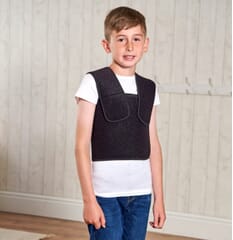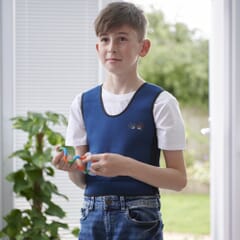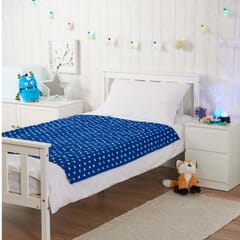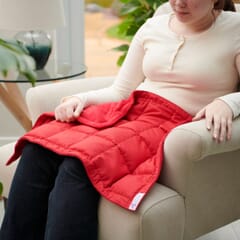Get exclusive deals you won't find anywhere else straight to your inbox.
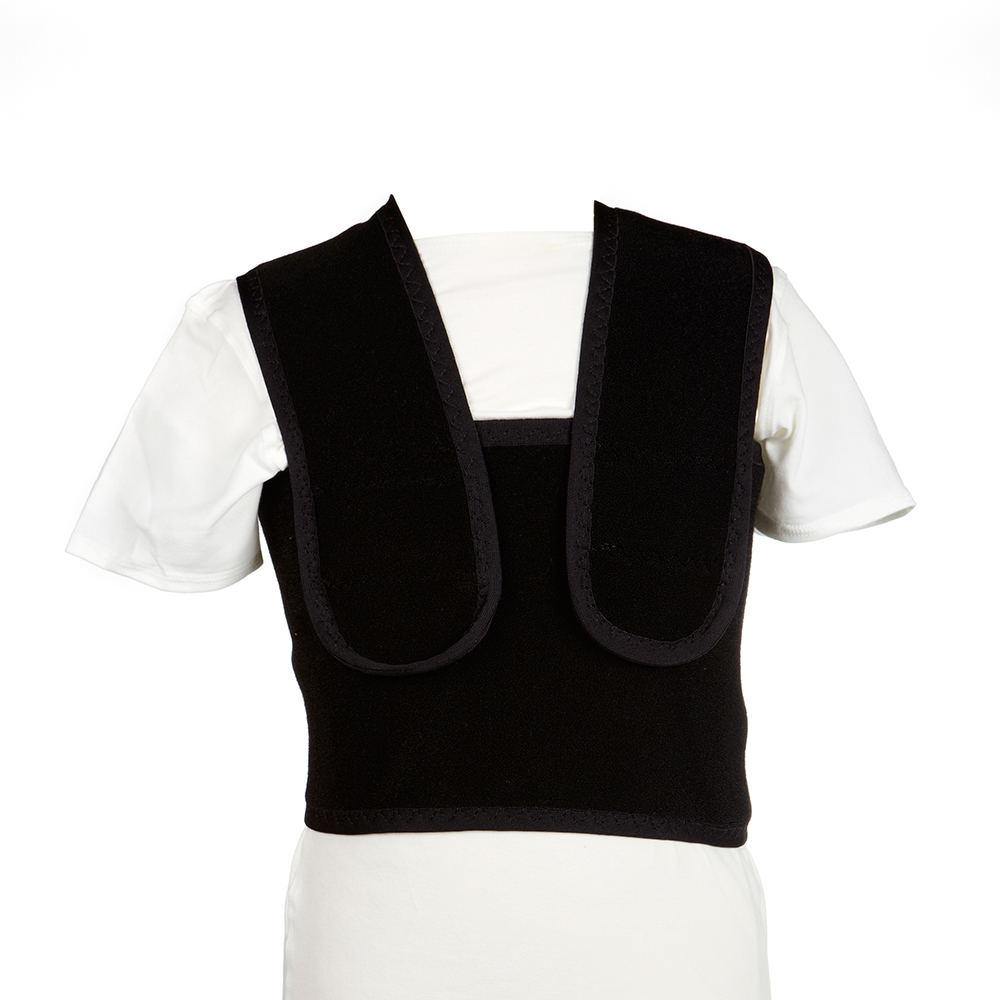
Proprioceptive Sense And Deep Pressure
What Is The Proprioceptive Sense?
The proprioceptive sense is a little-known, yet vital, bodily sense that most of us take completely for granted.
Proprioception is the sense and awareness of our own body’s position and movement. It is our awareness of our body’s orientation in space and the direction, speed and extent of the movement of our body and limbs.
This information is detected by sensory receptors in our muscles, ligaments and joints and then processed through the central nervous system.
The proprioceptive sense is closely related to the vestibular sense. The receptors for the vestibular sense are hair cells within the inner ear (vestibule).
These send messages to the brain about the position and movement of the head in relation to the rest of the body.
In practical terms, the proprioceptive sense sends messages to our brain to tell us whether muscles are stretched or relaxed.
It also tells us whether joints are bending or straightening and the extent to which this movement is occurring. This information is essential for carrying out everyday activities which most of us take for granted.
Poor proprioception makes maintaining bodily posture and moving with a feeling of safety and security difficult. It affects awareness of the position of the body, arms, and legs.
The ability to recognise which bodily actions and movements are necessary to complete a certain task is dependent on our proprioception.
An under-performing proprioceptive sense affects ‘motor-planning’. When this doesn't function properly the child may have difficulty getting dressed, tying shoelaces and completing everyday tasks.
Our proprioceptive sense tells us how much force to exert when completing a task. For example, how hard do you push when opening a door? How much pressure do you exert on a pencil when writing? These are just some of the everyday tasks that may be affected.
A poor-functioning proprioceptive sense can be a symptom of Sensory Integration Disorder. This concept was first developed by Dr. A Jean Ayers in the 1970’s.
Sensory Integration is, in essence, the process of taking information in from our environment, making sense of that information, and using it to act and respond in an appropriate manner.
Signs
A child with a poor proprioceptive sense may…
- play roughly; push too hard, shouting, jumping, or running excessively
- appear clumsy
- have poor fine motor skills, finding writing and drawing difficult
- display repetitive and self-stimulatory behaviour such as spinning, rocking or fidgeting
- like to chew on their fingers, clothes, pens, toys, or other objects
- appear uncoordinated and have difficulty with large motor skills such as jumping, climbing, or bike riding
- frequently bump into other people and objects
Deep Touch Pressure and Proprioception
Weighted therapy stimulates the proprioceptive system through the use of deep touch pressure.
Deep Touch Pressure works on the principle of applying weight or pressure to provide proprioceptive input. This input calms and modulates the central nervous system which, in turn, aids the processing of sensory information (Grandin 1992, McClure & Holtz-Yotz 1991).
This calming and modulating has the effect of making the child feel more grounded, and lowers their state of arousal. This lowered state of arousal then reduces repetitive self-stimulatory behaviours (such as spinning, hand flapping, and rocking) and allows better focus, concentration, and attention.
Dr. Temple Grandin describes Deep Touch Pressure as follows: “Deep Touch Pressure is the type of surface pressure that is exerted in most types of touching, holding, stroking, petting of animals, or swaddling.” (Grandin, 1992).
Dr. Grandin (who was diagnosed as autistic at the age of 3) goes on to state that “Occupational Therapists have observed that a very light touch alerts the nervous system, but deep pressure is relaxing and calming”.
Children with a poor proprioceptive sense (particularly those ‘sensory-seekers’) will often seek out deep pressure sensations which make them feel more secure, more relaxed, and able to focus and concentrate better.
For example, some children like to wear tight clothing (which gives proprioceptive feedback). Some sleep under heavy blankets for extra weight – I have even heard of an autistic boy who preferred to sleep underneath his mattress!
Other children will like to carry around heavy objects, such as backpacks, in order to gain proprioceptive feedback as this can often make them feel more grounded and secure.
Dr. Grandin developed a ‘squeeze machine’ to help her overcome her own sensory problems (Grandin 1992). The machine applied deep touch pressure to a large area of the body and gave the “feeling of being surrounded and contained by the embrace of the deep touch pressure squeeze”.
Dr Grandin found that the machine had a relaxing effect that calmed down her nervous system, reducing anxiety, and making her “less aggressive and less tense”.


